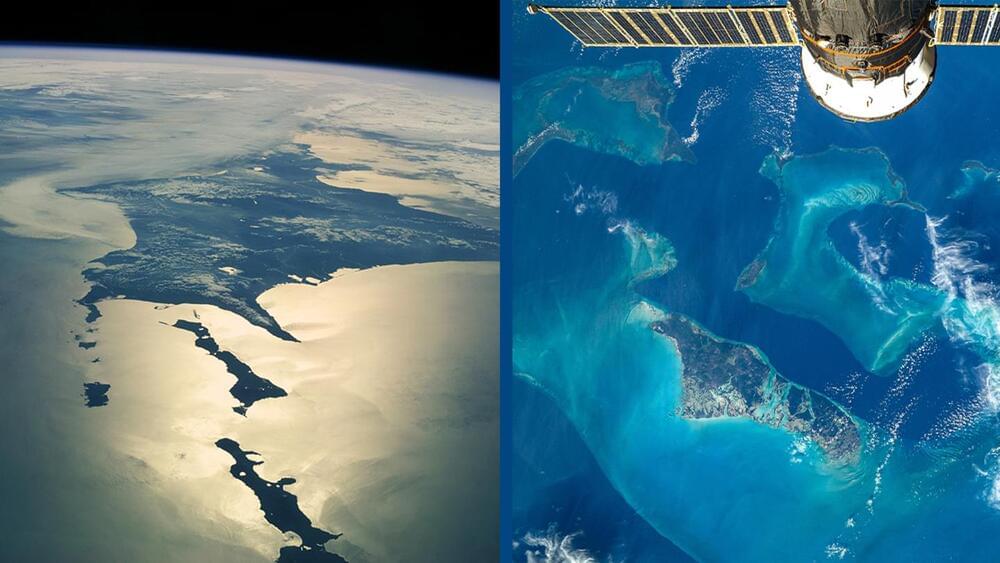Black holes are one of the most elusive objects in the space, but this simulation created by researchers in Netherlands might help us know more about their mysteries.
Category: cosmology – Page 150
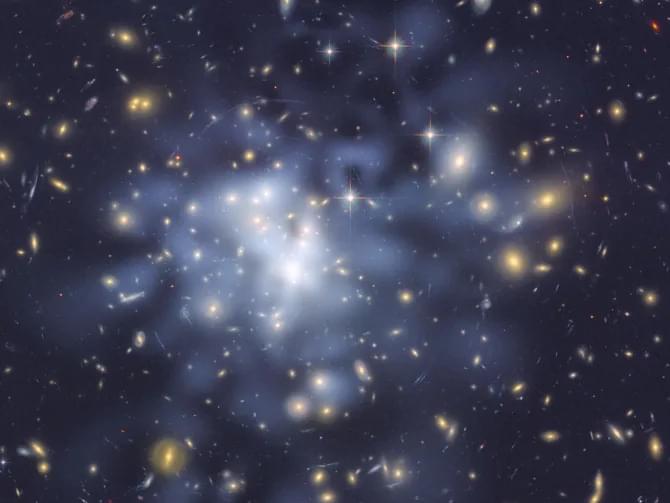
Astrophysicist’s Research could provide a Hint in the Search for Dark Matter
Dark matter is one of science’s greatest mysteries. It doesn’t absorb, reflect or emit light, so we can’t see it. But its presence is implied by the gravitational effects it appears to have on galaxies.
Although dark matter makes up about 85% of the cosmos, scientists know very little about its fundamental nature.
Theories abound, and research by Clemson University postdoctoral fellow Alex McDaniel provides some of the most stringent constraints on the nature of dark matter yet. His research also reveals a small hint of a signal that if real, could be confirmed sometime in the next decade or so.
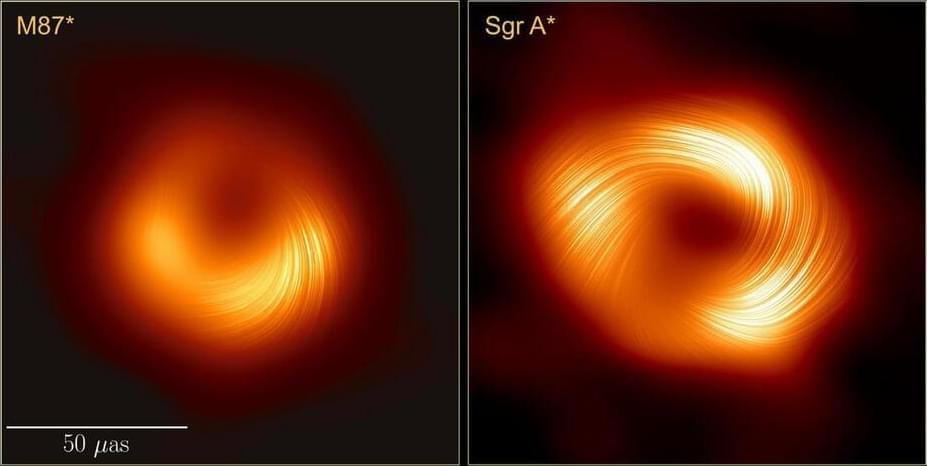
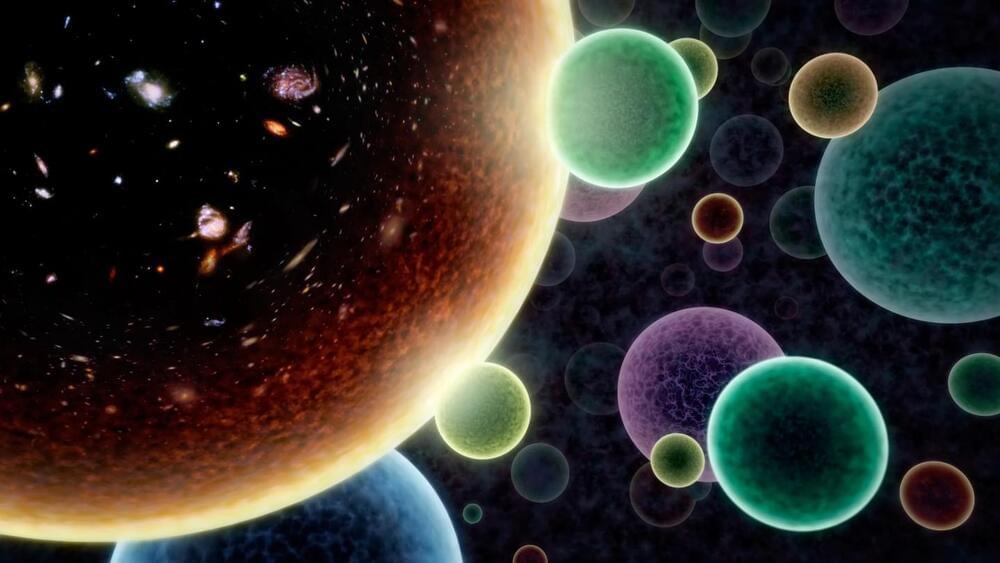
Our universe expands by merging with ‘baby universes’, study suggests
Our universe is getting bigger and bigger really fast — something all the theories about space agree on, but none of them can totally explain. Now, there’s a new idea in town: Maybe our universe is expanding because it keeps bumping into and soaking up “baby” universes.
When scientists look at the afterglow of the Big Bang, known as the cosmic microwave background, they see that our universe is swelling up quicker and quicker. To make sense of this, physicists use something called the Standard Cosmological Model, which says there’s this weird stuff called dark energy pushing the universe to expand.
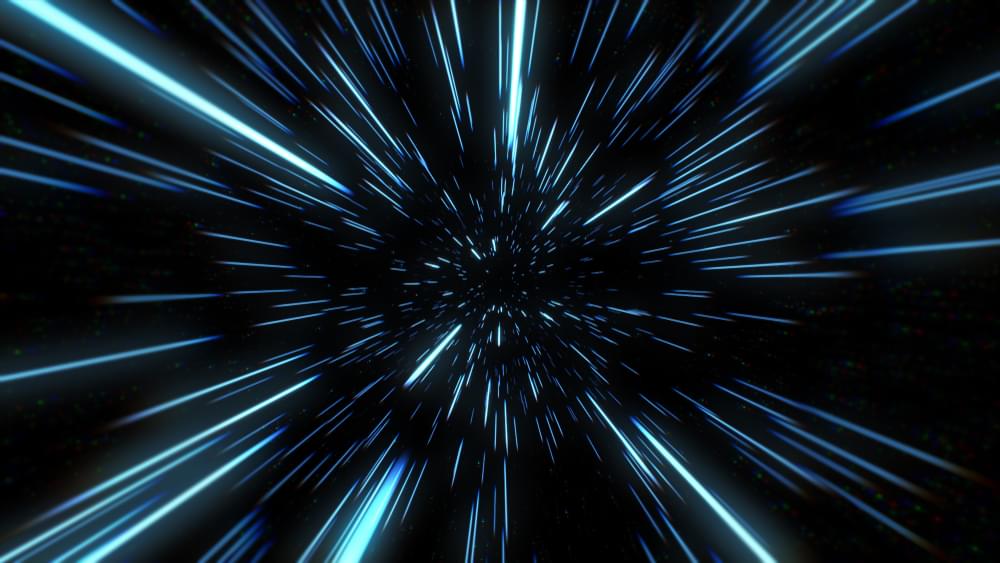
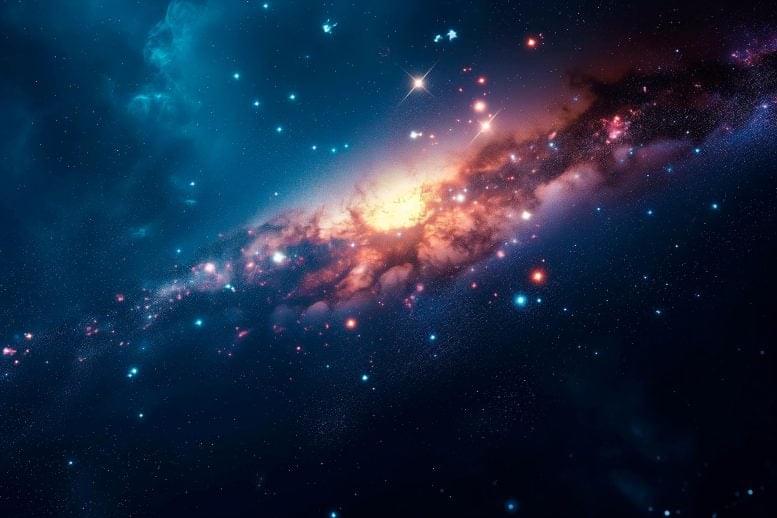
“Cosmic Lighthouses” — Webb Unlocks the Secrets of the Universe’s First Light
Utilizing data from NASA’s James Webb Space Telescope, scientists have unveiled the earliest starlight spectra, revealing low-mass galaxies’ central role in the universe’s dawn. Credit: SciTechDaily.com.
Groundbreaking JWST observations reveal the pivotal role of low-mass galaxies in the early universe’s reionization, challenging existing cosmic evolution theories.
Scientists working with data from NASA’s James Webb Space Telescope (JWST) have obtained the first full spectra of some of the earliest starlight in the universe. The images provide the clearest picture yet of very low-mass, newborn galaxies, created less than a billion years after the Big Bang, and suggest the tiny galaxies are central to the cosmic origin story.
Defying Expectations: NASA’s Chandra Uncovers a Quasar’s Surprising Galactic Impact
Research reveals the quasar H1821+643, despite its intense activity, has a minimal effect on its host galaxy, overturning expectations about the role of quasars. Astronomers have found a rapidly growing supermassive black hole (quasar) not achieving what they expect from it.
Do We Live in a Simulation? Chances Are about 50–50
Gauging whether or not we dwell inside someone else’s computer may come down to advanced AI research—or measurements at the frontiers of cosmology.
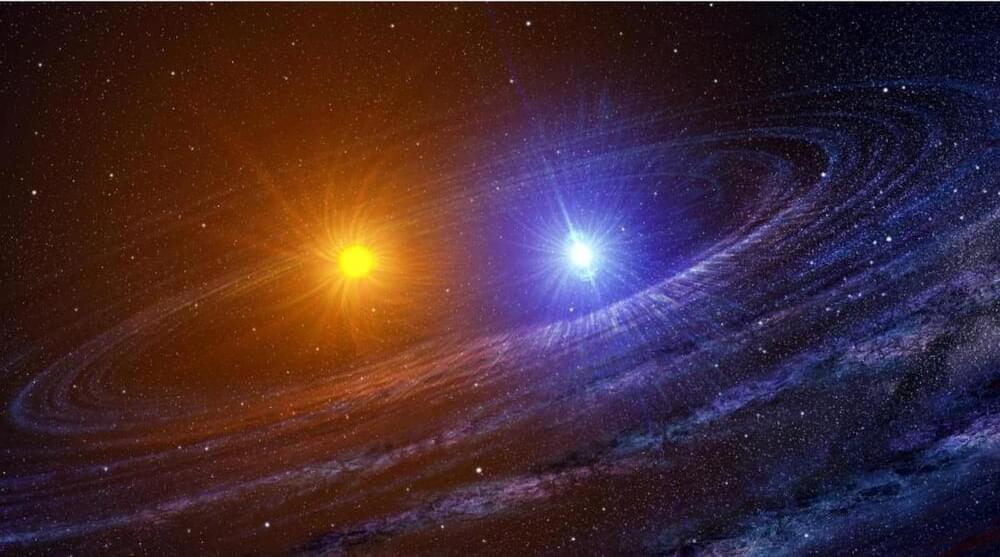
How are extreme “blue supergiant” stars born? Astronomers may finally know
The team of scientists set about investigating this by analyzing 59 early B-type blue supergiants located in the Large Magellanic Cloud, a satellite galaxy of the Milky Way, and creating novel stellar simulations.
“We simulated the mergers of evolved giant stars with their smaller stellar companions over a wide range of parameters, taking into account the interaction and mixing of the two stars during the merger,” study leader and IAC researcher Athira Menon said in a statement. “The newly born stars live as blue supergiants throughout the second-longest phase of a star’s life, when it burns helium in its core.”
The team’s findings suggest that blue supergiants slip into an evolutionary gap in conventional stellar physics — a phase of stellar evolution where astronomers would not expect to see stars. The question is, Can this explain the remarkable properties of blue supergiant stars? It seems the answer is yes.
